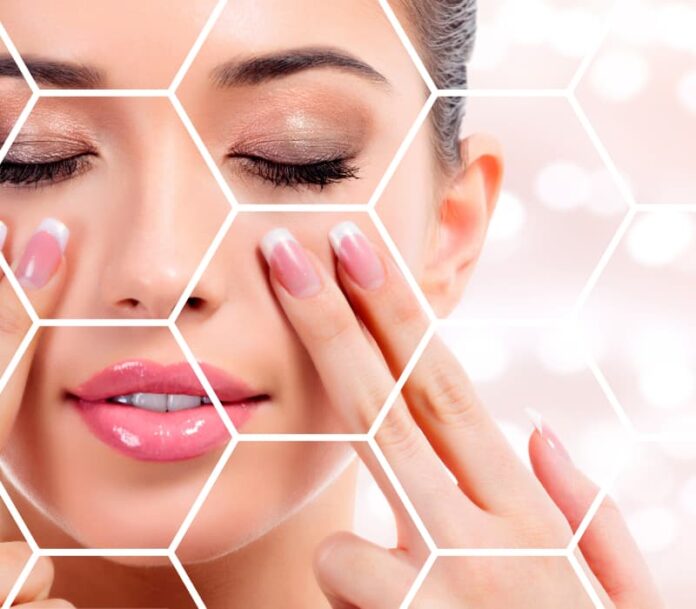In today’s competitive beauty industry, skin care packaging isn’t just about what’s inside the bottle — it’s also about how it looks on the shelf. While product quality remains essential, effective skin care packaging plays a powerful role in attracting consumers and building brand loyalty. In fact, packaging is often the first interaction a customer has with a product, making it a crucial element of the overall experience. With evolving consumer expectations and market trends, brands must stay ahead by embracing design innovations that not only catch the eye but also reflect values such as sustainability, functionality, and authenticity.
First Impressions Matter
To begin with, it’s important to recognize that consumers often make split-second decisions when browsing in-store or online. Packaging is the silent salesperson that can either invite a closer look or be ignored entirely. Bold typography, clean layouts, and premium materials can instantly elevate a product’s perceived value. For example, minimalist packaging — with soft colors, simple fonts, and a clear layout — communicates elegance and trustworthiness. On the other hand, overly cluttered or outdated designs may make a product seem less reliable or less appealing.
Understanding Your Target Audience
Moreover, knowing your audience is key to designing packaging that resonates. For younger consumers such as Gen Z and millennials, aesthetics are extremely important. These shoppers often seek Instagram-worthy designs that reflect their identity and style. In contrast, older consumers may prioritize functionality, clear labeling, and ease of use. Additionally, men’s skin care packaging often features darker colors and more “technical” designs to appeal to a traditionally masculine audience. Therefore, tailoring packaging to suit the lifestyle and preferences of your target market is essential for success.
Trending Aesthetics in Skin Care Packaging
In recent years, several packaging design trends have emerged in the skin care packaging industry. First and foremost, minimalism continues to dominate. Clean, clutter-free packaging with neutral tones and sans-serif fonts speaks to a desire for simplicity and transparency. This design approach also aligns with the rising popularity of clean beauty products.
Another trend is the use of vibrant, playful packaging — particularly among indie and niche brands. These designs often feature bold color combinations, hand-drawn illustrations, or quirky product names to stand out on crowded shelves and appeal to younger, trend-conscious consumers.
Furthermore, vintage and apothecary-inspired packaging has made a comeback, offering a sense of nostalgia and craftsmanship. Amber glass bottles, wax seals, and handwritten labels give off a feeling of authenticity and heritage, which many consumers find comforting and trustworthy.
The Shift Toward Sustainability
Equally important is the growing demand for eco-friendly packaging. As consumers become more environmentally conscious, brands are expected to reduce their environmental impact. Consequently, many companies are shifting toward biodegradable materials, recyclable plastics, refillable containers, and minimal outer packaging.
Sustainable packaging isn’t just a trend — it’s becoming a necessity. In fact, brands that fail to address environmental concerns may lose credibility in the eyes of their consumers. By contrast, brands that prioritize sustainability can boost their reputation and attract loyal, eco-minded customers. However, it’s vital that sustainability is implemented genuinely; “greenwashing” or making false eco-claims can quickly damage consumer trust.
Functionality and User Experience
Beyond appearance, functionality plays a major role in whether consumers repurchase a product. For instance, airless pumps, twist caps, and squeezable tubes enhance convenience and product preservation. Furthermore, clear labeling and legible fonts are especially important for communicating ingredients, directions, and skin type suitability.
In addition, accessibility is becoming a greater concern in packaging design. Brands are now beginning to consider inclusive features such as braille labels or ergonomic shapes for easier grip. These small but impactful touches can greatly improve the customer experience and demonstrate thoughtful design.
Packaging as a Branding Tool
It’s also worth noting that packaging is a key component of brand identity. From color palettes to materials and finishes, every detail helps tell a story. Luxury brands may opt for frosted glass, metallic accents, and magnetic closures to convey exclusivity. Meanwhile, organic brands often lean toward kraft paper, muted tones, and hand-drawn elements to express their natural ethos.
Consistency across packaging, website design, and marketing materials ensures a cohesive brand image. When customers recognize a product by its packaging alone, it’s a clear sign of strong branding.
In Conclusion
To sum up, skin care packaging is more than just a container — it’s a strategic tool that influences perception, communicates values, and ultimately drives sales. As consumer expectations evolve, brands must balance visual appeal with functionality, sustainability, and authenticity. By staying informed on design trends and understanding their audience, companies can create packaging that not only sells but also builds lasting relationships with their customers.



